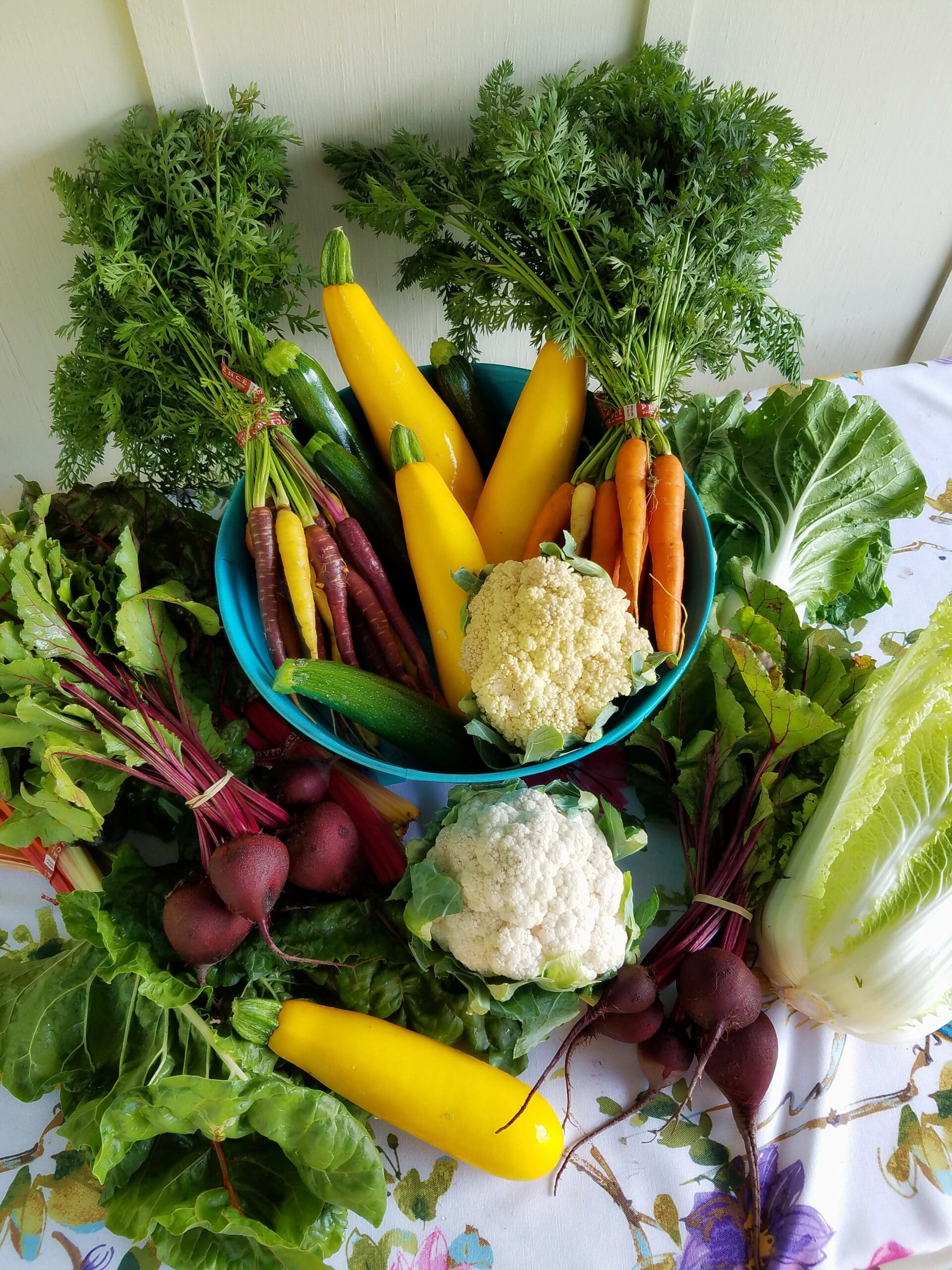Let’s start with a little history first… I’ll keep it short.
By 1801, the annual production of cotton in the United States had reached over 48 million pounds, making the United States the major producer of the world’s cotton supply. This increase was contributed by the invention of the cotton gin in 1793 by Eli Whitney. This is because up to this point, cotton production was limited by the cottonseeds that had to be manually removed by hand from the fibers. By 1860 with the start of the American Civil War, which led to the end of slavery disrupted the cotton industry. In Indiana in 1880, Theodore Hudnut and his son, Benjamin invented and patented a machine that could extract the oils from grains (corn). With all the leftover cottonseeds which were normally just thrown away, they realized that the oils could be used as machinery lubrication or fuel for lamps. This was a cheaper alternative to using whale oil or lard.
In 1903, a German chemist, Wilhelm Normann developed a chemical process that involves the addition of hydrogen to an organic substance. This process is known as hydrogenation. Simply, the process could turn liquid oil into a solid at room temperature.
Corn oil started to be used as the primary commercial cooking oil. Previously, butter, lard, and beef tallow had been used to cook.
The company, Proctor & Gamble, founded in 1837 and specialized in a wide range of hygiene and health care products, saw an opportunity. They used this process to develop Crisco, the first vegetable shortening product in June of 1911. The was named after the phrase “crystallized cottonseed oil”. It looked very similar to the common cooking fat, lard. With a large marketing campaign, they presented their Crisco as newer and cheaper cooking fat which was better tasting. This exploded with the American public and Crisco began flying off the shelves. Crisco was different from lard because it had a neutral taste and did not turn bad like butter over time. Within five years, more than 60 million cans of Crisco were sold annually. Proctor and Gamble now making the liquid version of Crisco, gave away free cookbooks listing the use of Crisco in every recipe, a brilliant marketing strategy.
Even though the American College of Cardiology believes that the earliest case of heart disease, coronary atherosclerosis, can be traced back to an Egyptian princess in 1580 B.C. It was deemed extremely rare. Coronary atherosclerosis is a buildup of plaque on the walls of the arteries that can cause a heart attack. With the rise of heart disease, the American Heart Association (AHA) was founded in 1924. The goal was to convene a society of doctors to explore the causes of heart disease.
In 1955, President Dwight D. Eisenhower suffered a heart attack. It shocked the world because it showed what a growing problem heart disease was. By 1961, the American Heart Association determined that the answer to heart disease was the reduction of saturated fats, like those from animals, and replacing it with polyunsaturated fats, like Crisco and vegetable oils. Before 1900, the American people consumed next to zero polyunsaturated vegetable oils when heart disease was less common. The overall world revenue of the vegetable oil industry is now $337.18 billion in 2023.
Scientists and researchers believe there is a correlation between vegetable oil consumption and diabetes and obesity, but its just a correlation. They found that the polyunsaturated fats in vegetable oil contain Omega-6 fat called linoleic acid. This can accumulate in our bodies the more we consume it. It is a colorless liquid that is virtually insoluble in water. They also found that the percentage of linoleic acid found in people’s fat cells has doubled over the past 50 years. Studies have shown that people who ate a more natural diet without polyunsaturated linoleic acid had five times less in their fat cells.
Vegetable oils, such as soybean, canola, safflower, coconut, sunflower, and corn, are everywhere. They are used in such food products as potato chips, packaged meals, crackers, salad dressings, mixed nuts, granola, and mayonnaise. The food industry and most restaurants use these vegetable oils because they are cheaper. Even the plant-based meats use oils to simulate the fattiness of real meats.
But why are polyunsaturated oils bad for us. To answer this question, we need to explore the process by which they are made. Grains contain so little oil so to make for example corn oil, it takes 100 ears of corn to make just 5 tablespoons of corn oil. A bushel of corn can produce only 1 ½ pounds of oil. Polyunsaturated fats oxide very easily. This means that they react to oxygen, light, and heat. Polyunsaturated fats are more fragile than monosaturated fats like beef and olive oil. The label on most olive oils states to store it in a cool, dark place. This is because the majority of olive oil is monosaturated fats but contains about 10% polyunsaturated fat. If you do not store it properly, it will oxide quicker and this affects the taste. Scientists believe that the oxidation of fat will also produce aldehydes which are toxic. Butter and coconut oil are shown to produce far less aldehydes when frying foods.
The process of making these oils is an intense process just to get the oils out of the seed. Several processes involve a high heating process which damages them. There is an acid wash process, neutralization process, and bleaching process. By this point, the oil smells and tastes bad which is why there is a final deodorization process. This process can reach as high as 500 degrees Fahrenheit.
The oxidation of these vegetable oils does not stop once consumed. They continue to oxide in the body producing an aldehyde called 4-Hydroxynonenal (HNE or 4-HNE). HNE is believed to be associated with not only, heart disease, diabetes, and Alzheimer’s disease, but also memory degeneration and learning ability.
In conclusion, it is recommended that we stop using these oils for our improved health.





Great information. It is so important these days to know what is in our food and how it impacts our health.